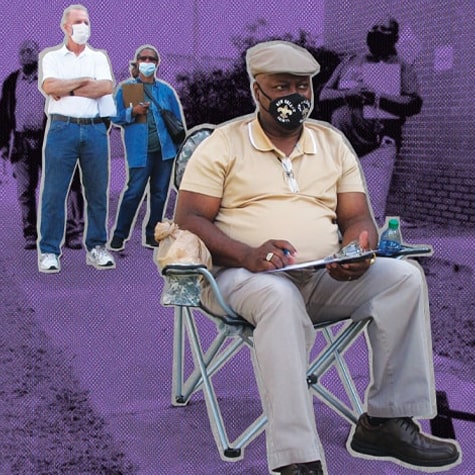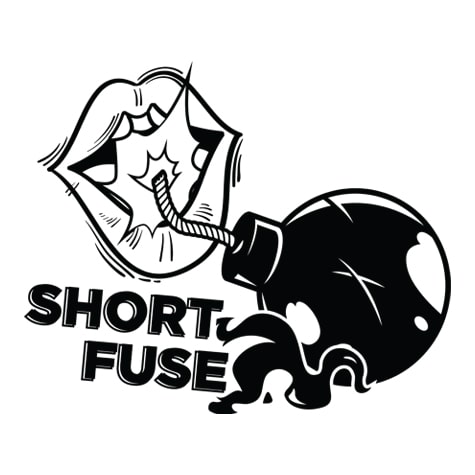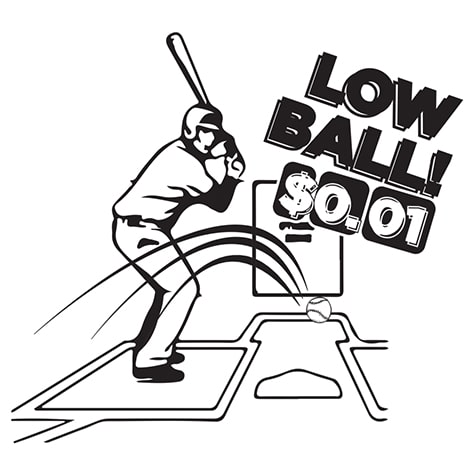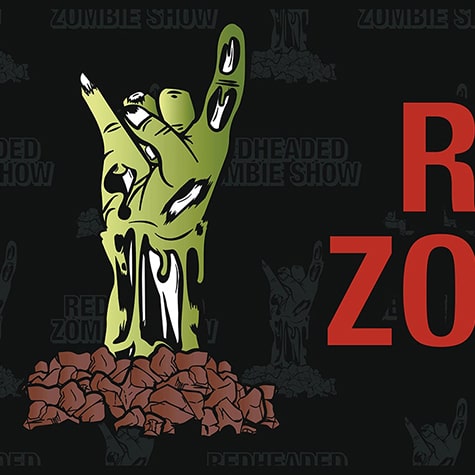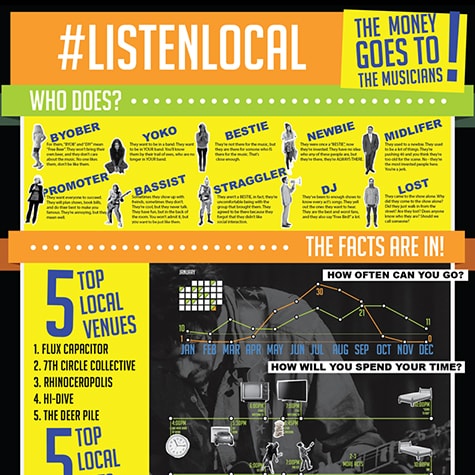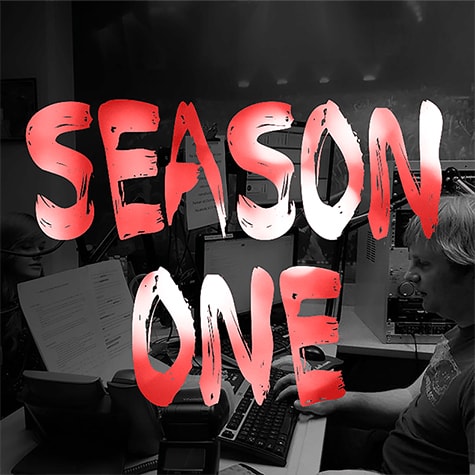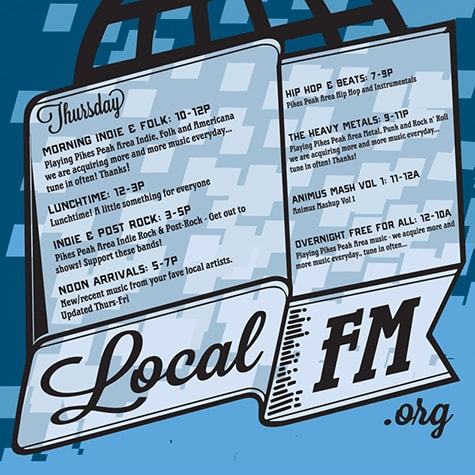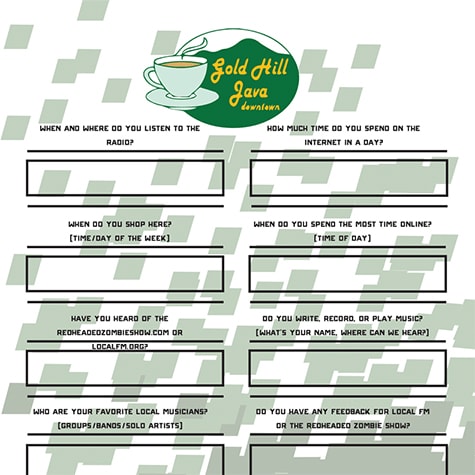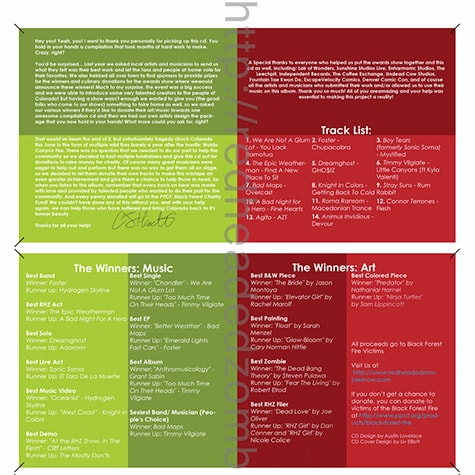
Tariff(ied)
Navigating the Unwarented:
The Trade War in Design
May 15, 2025
As you might have guessed, this isn’t the first time I’ve written a post like this. I don’t shy away from using Shout! Graphics to communicate politically when necessary—but this is not a political blog. Shout! Graphics is a graphic and web design provider, and I aim to keep my public statements aligned with the professional services I offer. That’s exactly what I’ll be doing here.
What I won’t be doing is wasting digital breath ranting about the man behind these actions or laying out the reasons why these tariffs are a bad idea—there are plenty of political voices far more qualified for that.
That said (and perhaps overstated), there’s a reason this post has had to be written and rewritten so many times. Regardless of the “never admit defeat, even when you’ve lost” mentality we’ve grown accustomed to, these people are still vulnerable to public pressure. Every delay in implementing these tariffs has been the direct result of widespread backlash.
If I’m going to make one political point, it’s this: we still have power.
I’ve never been one to make reactionary decisions in how I run my business. You won’t see me raise prices just because my rent went up, and I won’t be releasing sales reports based on economic projections. My pricing won't show you how I am doing. If you’re already involved in a project I’m running—or have me on retainer—your pricing is locked in. I’m not interested in optimizing for profit alone. I care about delivering quality work at a fair price to clients who see value in what I do and choose to support it.
That’s always been the core of my freelance career. Of course, it’s never been the only thing I’ve done. Right now, the tech industry is stabilizing after a major crash. Over the past decade, it’s become clear that too many tech companies were evaluated based on hypothetical future worth—valuations they haven’t, and likely won’t ever, reach. Employees were hired based on evaluations, not actual capital.
That’s part of why we’ve seen wave after wave of layoffs at companies like Netflix, Amazon, Twitter, Blizzard, and more. Even while posting record profits, they let people go because their hiring was built on inflated expectations. I could say more about the ethics of borrowing against the future to create unstable jobs, but for now, I’ll stay focused on how this affects us in the present.
We can be grateful that, for now, there are relatively few ways to tax software use. Software can often run for years on the same hardware. When we log in to a service, we rarely think about how close it is to its expiration. Eventually, all software relies on its hosting platforms to build new infrastructure—and even before that, growing platforms must scale to support more users.
Economic policies don’t hit all at once. Even tariffs, as fast-moving as they are take time to ripple through. Still, I’m hopeful that the services I depend on to support my clients will weather this storm. Many may not feel the effects at all—four years isn’t forever. But those that do get hit will feel it hard. Some will see their products decline in quality, stall in growth, or pass hardware costs directly to the consumer.
There will be haves and have-nots, and the dividing line won’t always be wealth or success. Some companies will simply be at the right stage of the cycle at the wrong time.
I rely on services like WordPress, Cloudflare, WooCommerce, WPMU DEV, Elementor, Adobe Creative Suite, Figma, various social networks (much to my own detriment), domain registrars, hosting platforms—the list goes on. I can’t say which, if any, will be impacted. I don’t know which might raise prices—or which might follow suit simply because they can, even without direct cause. I can’t predict whether otherwise stable services might suffer because their own tech stack is built on something that is being impacted.
The projections are as complex as they come.
Even after the tariffs end, I can only hope I don’t need to replace my laptop with one built during the height of these international taxes. I can only hope that when companies realize we’ll pay more because we don’t have a choice, they won’t keep prices high just to pocket the difference when costs come down. The reality is, that once a company sees what consumers are willing to pay, savings on production rarely translate to lower prices. Cutting costs is not an incentive to reduce prices—it’s a margin booster.
While physical merchandise isn’t the core of my business—in fact, it barely turns a profit—it’s still part of what I do. Unlike software or digital tools, there’s no mystery about how that part of my work will be affected. The impact on physical goods will be immediate and unavoidable.
This is the part where most people would introduce a new pricing structure. That’s exactly why I started by saying I won’t be reactionary in how I run my business. I’ll respond as needed. I’ll adapt as things change. I won’t raise my prices as a form of protest—but I may adjust them to keep up. Like everyone else wading through these waters, I’m learning in real-time.
I believe in my ability to operate ethically in a time when so many are being pushed toward purely self-serving behavior. This is just one story of personal impact. When all is said and done, we’ll have empirical data to show how this period affected us. That data will be more useful than any personal anecdote—but no matter how many numbers we gather, the experience will remain undeniably human. Just as human as our voices. Just as human as any form of dissent.
read more
click anywhere to close
















